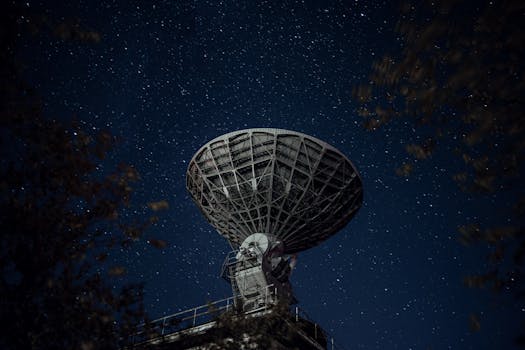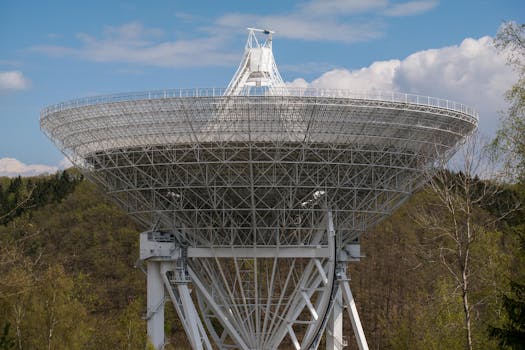
LEO Satellites: The Future of Global Connectivity – LEO Satellites
LEO satellites, or Low Earth Orbit satellites, are a type of satellite that orbits the Earth at an altitude of around 160 to 2,000 kilometers. LEO satellites have been gaining popularity in recent years due to their potential to provide global connectivity and transform the way we communicate and access information. In this article, we will explore the benefits and applications of LEO satellites and how they are changing the world.
LEO satellites are different from traditional geostationary satellites, which orbit the Earth at a much higher altitude of around 36,000 kilometers. LEO satellites have a number of advantages over geostationary satellites, including lower latency, higher bandwidth, and improved signal strength. This makes them ideal for applications such as broadband internet, voice and video communications, and data transfer.
How LEO Satellites Work

LEO satellites work by orbiting the Earth in a low altitude orbit, which allows them to provide coverage to a specific area of the Earth’s surface. The satellites are equipped with transponders, which receive and transmit signals to and from the Earth. The signals are then transmitted back to the Earth, where they are received by a network of ground stations. From there, the signals are routed to their final destination, which could be a cell phone, a computer, or any other device connected to the internet.
One of the key benefits of LEO satellites is their ability to provide global connectivity. Because they orbit the Earth at a low altitude, they can provide coverage to areas that are not currently served by traditional telecommunications infrastructure. This makes them ideal for providing internet access to remote or underserved communities, where traditional infrastructure may not be available.
Applications of LEO Satellites

LEO satellites have a number of applications, including broadband internet, voice and video communications, and data transfer. They are also being used for navigation, weather forecasting, and Earth observation. In addition, LEO satellites are being used for a number of commercial applications, such as providing internet access to airplanes and ships, and for backhauling data from remote areas.
Another application of LEO satellites is in the area of satellite-based IoT (Internet of Things). LEO satellites can provide low-cost, low-power connectivity to IoT devices, allowing them to communicate with the cloud and other devices. This has a number of potential applications, including smart cities, industrial automation, and transportation management.
Benefits of LEO Satellites

LEO satellites have a number of benefits, including lower latency, higher bandwidth, and improved signal strength. They are also more cost-effective than traditional geostationary satellites, and can be launched into orbit at a lower cost. In addition, LEO satellites are more flexible than traditional satellites, and can be easily reconfigured to meet changing demands.
One of the key benefits of LEO satellites is their potential to provide global connectivity. By providing internet access to remote or underserved communities, LEO satellites can help to bridge the digital divide and promote economic development. They can also provide critical communications infrastructure in areas where traditional infrastructure may not be available, such as in response to natural disasters or other emergencies.
Challenges and Limitations of LEO Satellites

While LEO satellites have a number of benefits, they also have some challenges and limitations. One of the key challenges is the need for a large number of satellites to provide global coverage. This can be expensive and require significant investment in infrastructure. In addition, LEO satellites are more susceptible to interference from other satellites and signals, which can impact their performance.
Another challenge is the need for LEO satellites to be replaced frequently, as they have a shorter lifespan than traditional geostationary satellites. This can be expensive and require significant investment in launch and deployment costs. In addition, LEO satellites are subject to regulatory challenges, as they must comply with a complex set of rules and regulations governing the use of satellite spectrum.
Despite these challenges, LEO satellites are an exciting and rapidly evolving field, with a number of companies and organizations working to develop and deploy LEO satellite constellations. These constellations have the potential to provide global connectivity and transform the way we communicate and access information.
See more:




